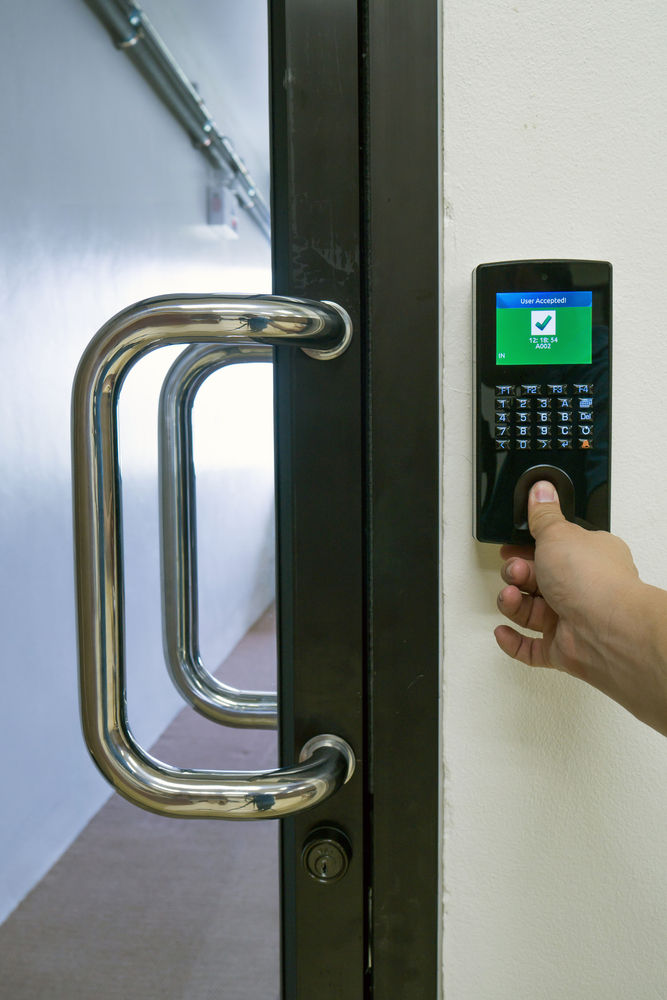Interpreting Your Bushfire Attack Level (BAL) Report
- Amelie Lawrence
- May 23, 2023
- 4 min read
Are you planning to build or renovate a property in a bushfire-prone area? If so, you'll need a Bushfire Attack Level (BAL) report to ensure your property is designed and constructed to withstand potential bushfire hazards. In this article, we'll discuss what a BAL report is, why it's essential, and how to interpret the results to make informed decisions about your property's construction and design. The main targeted keywords for this article are BAL report and Bushfire Attack Level.
What is a BAL Report?
A Bushfire Attack Level (BAL) report is a comprehensive assessment of a property's risk of exposure to bushfire hazards. It is based on the Australian Standard AS 3959, which outlines the construction requirements for buildings in bushfire-prone areas. The BAL report takes into account various factors, such as the location, vegetation, and slope of the land, to determine the appropriate construction methods and materials required to minimize the risk of damage during a bushfire.
Why is a BAL Report Important?
A BAL report is crucial for several reasons:
Compliance With Regulations: In many Australian states and territories, a BAL report is a mandatory requirement for building or renovating properties in designated bushfire-prone areas. It ensures that properties comply with the Australian Standard AS 3959 and local building regulations.
Safety: A BAL report helps property owners and builders understand the potential bushfire hazards and implement appropriate bushfire protection measures. This can significantly reduce the risk of damage to the property and improve the safety of occupants during a bushfire.
Insurance: Many insurance providers require a BAL report to determine the level of risk associated with a property. A lower BAL rating may result in lower insurance premiums, while a higher BAL rating may increase the cost of insurance.
Understanding the Bushfire Attack Level (BAL)
The Bushfire Attack Level (BAL) is a classification system that quantifies the potential bushfire hazard to a property. It ranges from BAL-LOW, indicating a low risk of bushfire attack, to BAL-FZ (Flame Zone), indicating an extreme risk of bushfire attack. The BAL is determined by assessing several factors, including:
Vegetation Type: Different vegetation types have varying potential to fuel a bushfire. The BAL assessment considers the type of vegetation surrounding the property and its potential to contribute to a bushfire.
Distance From Vegetation: The closer a property is to vegetation, the higher the potential for bushfire attack. The BAL assessment takes into account the distance between the property and the nearest vegetation.
Slope of The Land: Slope affects the rate at which a bushfire spreads. The BAL assessment considers the slope of the land under the vegetation and the property.
The BAL Assessment Process
The BAL assessment process typically involves the following steps:
Site Inspection: A qualified bushfire consultant or assessor visits the property to gather information on the vegetation, slope, and other relevant factors.
Vegetation Classification: The assessor classifies the vegetation according to the Australian Standard AS 3959.
Distance Measurement: The assessor measures the distance between the property and the nearest vegetation.
Slope Determination: The assessor determines the slope of the land under the vegetation and the property.
BAL Calculation: The assessor calculates the BAL based on the collected data and the guidelines outlined in AS 3959.
BAL report preparation: The assessor prepares a detailed BAL report, including the BAL rating, recommendations for bushfire protection measures, and any additional information required by local building regulations.
Interpreting Your BAL Report
Once you receive your BAL report, you'll need to understand its implications for your property. The report will include the following information:
BAL Rating: This is the primary result of the assessment, indicating the level of bushfire risk associated with your property. The BAL rating will determine the construction requirements for your property, as outlined in AS 3959.
Recommendations for Bushfire Protection Measures: The report will also include recommendations for specific bushfire protection measures, such as ember screens, fire-resistant materials, and landscaping strategies.
Additional Information: Depending on your local building regulations, the report may also include additional information, such as a Bushfire Management Plan or a Bushfire Emergency Evacuation Plan.
Bushfire Protection Measures
Based on your BAL report, you'll need to implement various bushfire protection measures to minimize the risk of damage to your property during a bushfire. Some common bushfire protection measures include:
Ember Screens: Installing ember screens on windows, doors, and vents can help prevent burning embers from entering your property.
Fire-Resistant Materials: Using fire-resistant materials for construction, such as metal roofing, non-combustible cladding, and fire-rated windows, can help protect your property from bushfire hazards.
Landscaping Strategies: Creating firebreaks, maintaining a defendable space around your property, and selecting fire-resistant plants can reduce the risk of bushfire damage.
Building in Bushfire-Prone Areas
When building or renovating a property in a bushfire-prone area, it's essential to consider the BAL report and the associated construction requirements. This may involve working with a qualified architect or builder who has experience in bushfire-resilient construction. By incorporating the recommended bushfire protection measures and adhering to the Australian Standard AS 3959, you can significantly reduce the risk of damage to your property and improve the safety of its occupants during a bushfire.
Conclusion
A BAL report is a crucial tool for understanding the bushfire risk associated with a property and implementing appropriate bushfire protection measures. By interpreting your BAL report and working with experienced professionals, you can ensure your property is designed and constructed to withstand potential bushfire hazards, providing peace of mind and protection for you and your loved ones.







Comments